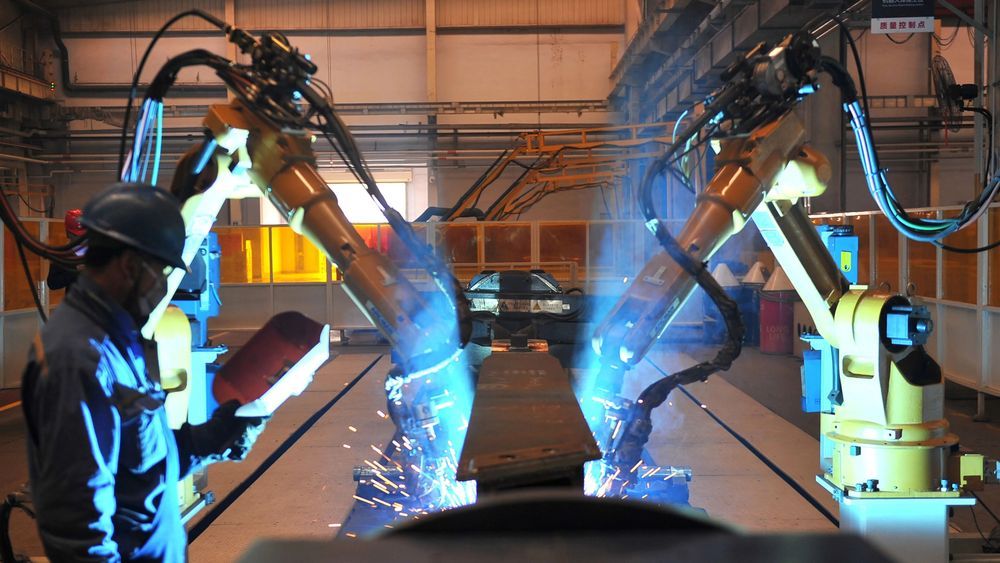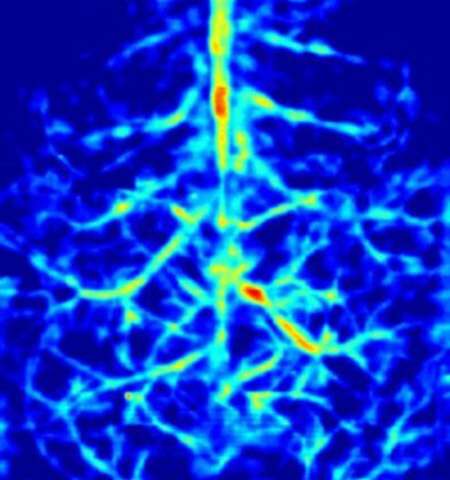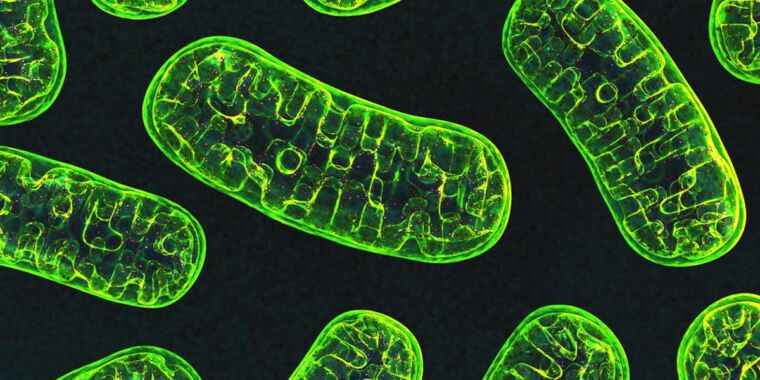The coronavirus outbreak is bringing attention to the fast-growing vaccine industry.
The vaccine market has grown sixfold over the past two decades, worth more than $35 billion today, according to AB Bernstein. The firm said the industry has consolidated to four big players that account for about 85% of the market — British drugmaker GlaxoSmithKline, French pharmaceutical company Sanofi, and U.S.-based Merck and Pfizer.
“For every dollar invested in vaccination in the world’s 94 lowest-income countries, the net return is $44. Hard to argue against,” Wimal Kapadia, Bernstein’s analyst, said in a note. “This oligopoly has been built through significant market consolidation driven primarily by the complexities of the manufacturing and supply chain.”









